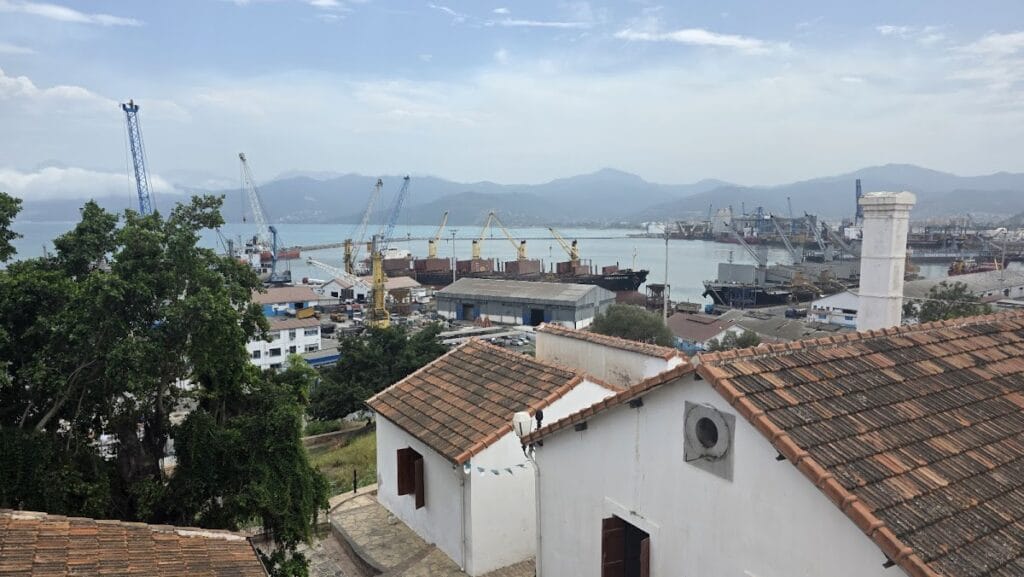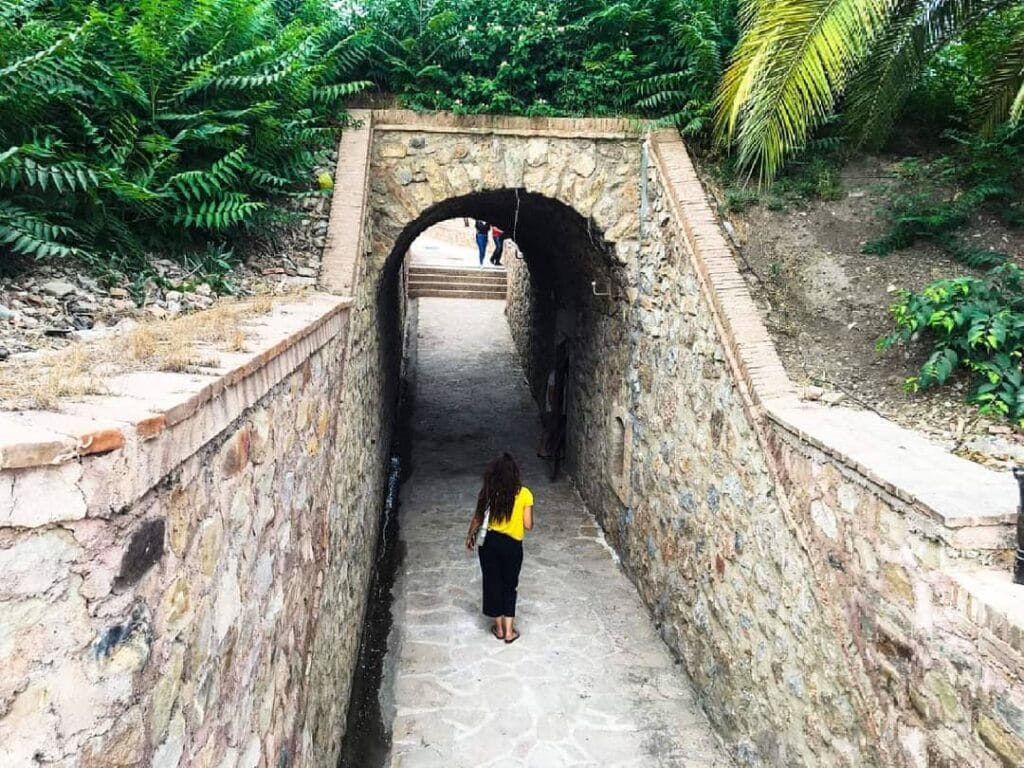Casbah of Béjaïa: A Historic Fortified Citadel in Algeria
Visitor Information
Google Rating: 4.3
Popularity: Low
Google Maps: View on Google Maps
Country: Algeria
Civilization: Unclassified
Remains: Military
History
The Casbah of Béjaïa is a fortified citadel located in the city of Béjaïa, Algeria, originally constructed by the Zirid dynasty in the 11th century. This medieval stronghold was established adjacent to what was once known as Bugia, reflecting its importance as a defensive and administrative center in the region.
Its early development was heavily influenced by the Hammadid dynasty, which carried out major building projects around the year 1065. Later, the Almohad dynasty expanded the fortress around 1154 under the rule of Sultan Abd al-Mu’min ibn Ali, strengthening its defensive capabilities amid shifting political landscapes. During this period, the Casbah served not only as a military bastion but also as the residence of rulers and a hub for managing the city and its port.
In the 13th century, the Hafsids further fortified and modified the structure, adapting it to new strategic needs. The 16th century saw a series of military occupations that left their mark on the Casbah. Initially, the Spanish took control and reinforced the defenses, building features such as a vaulted chamber likely intended for storing gunpowder. Shortly afterward, the Ottoman Empire conquered the region and undertook additional modifications to the fortress, reflecting Ottoman military architecture. During the French colonial period, which began in 1830, the Casbah underwent further alterations to suit the needs of the occupying forces.
Throughout the medieval era, the Casbah was also a center of intellectual and cultural activity. It welcomed notable figures including the historian Ibn Khaldun, the mystic philosopher Ibn Arabi, the mathematician Leonardo Fibonacci, the scholar Raymond Lulle, and the poet Ibn Hamdis. These associations underscore its role as a place of learning and religious significance.
Following Algerian independence in 1962, the Casbah experienced a period of neglect that led to its deterioration. However, restoration campaigns in recent years, culminating in a major project completed in 2024, have sought to preserve the site. The Casbah of Béjaïa today stands as an important heritage location, reflecting centuries of layered history and diverse cultural influences.
Remains
The Casbah covers an area of about two hectares, shaped roughly like a rectangle and situated on sloping land with a height difference of 22 meters between its highest and lowest points. This elevated position provides commanding views over Béjaïa and the adjacent sea, reflecting its strategic importance. The fortress complex incorporates structures from various historical periods, displaying a blend of Berber, Almohad, Spanish, Ottoman, and French architectural styles.
One prominent feature is a large fort structure from the 16th century, likely constructed during the Spanish occupation. This building includes a vaulted chamber believed to have served as a powder magazine for storing gunpowder, reflecting advances in military technology of the time. The robust masonry and preserved form of this fort emphasize its defensive role.
Within the Casbah lies an ancient mosque, built in the Berber style and probably dating to the Almohad period. Originally serving as the governor’s prayer space, this mosque gained additional significance in the 14th century as a teaching site where Ibn Khaldun is known to have studied. During the period of the Algerian Regency, it became the main mosque of the fortress, known as Jamaa El-Kebir, marking its continuous religious function over centuries.
Another notable structure is a square-shaped building attributed to the Spanish era but subsequently remodeled by Ottoman and French authorities. This building features a central patio surrounded by galleries, illustrating the architectural influences layered through its successive reconstructions. Two other 19th-century buildings of lesser cultural importance are also present within the Casbah; these are undergoing redevelopment plans to serve as a cultural center.
Restoration efforts across the site have focused on reinforcing the fortress walls, repairing defensive towers, and refurbishing interior areas while maintaining historical integrity. Original materials were used in these works to preserve the authenticity of the construction techniques. Archaeological discoveries such as Almohad coins found on the site highlight the Casbah’s deep historical roots and the continuity of its occupation through various ruling powers.




